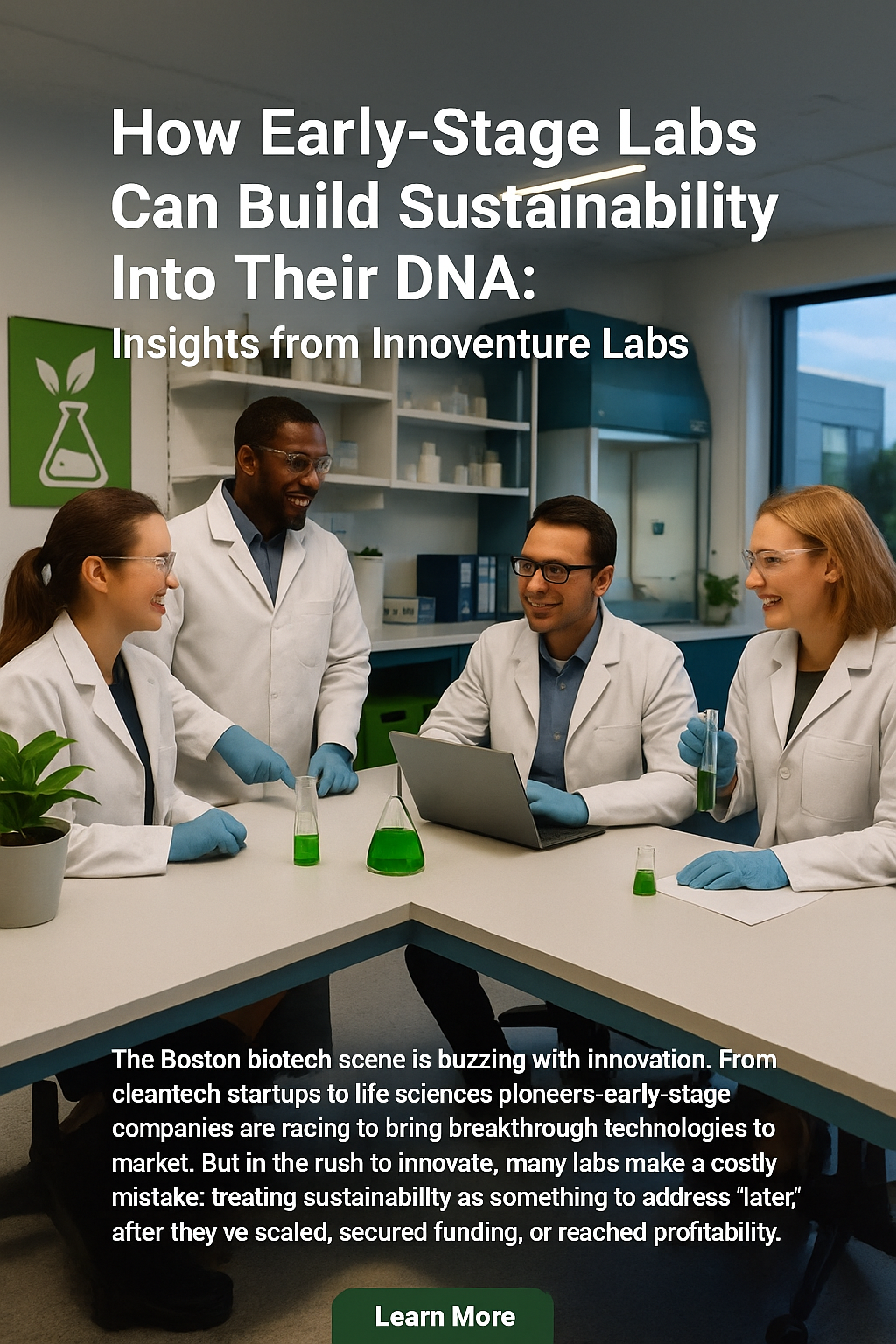The Art of Green Persuasion: Strategies to Convince Scientists for Sustainable Research
The Art of Green Persuasion: Strategies to Convince Scientists for Sustainable Research

Driving Behavioral Change in Labs: Strategies for Engaging Scientists
You've rallied your lab around a bold sustainability vision. You've set ambitious targets for shrinking your environmental footprint. But now comes the hard part: actually changing how your lab operates on a day-to-day basis.
Changing ingrained lab practices is like trying to steer an oil tanker. It's slow, arduous, and fraught with resistance. Scientists, by nature and training, are a sceptical bunch. They'll question every proposed change to their tried-and-true methods. And rightly so - their painstaking research protocols are often the product of years of optimization and validation.
So how do you convince scientists to upend their well-honed habits in the name of sustainability?
The key is to make them part of the process from the start. Don't just hand down sustainability edicts from on high. Instead, engage your scientists in uncovering opportunities for improvement.
One powerful approach is to conduct a lab-wide equipment usage study.
- Work with your team to audit your lab's energy consumption and waste generation.
- Place power meters on equipment to gather hard data on when and how it's being used (or not used).
- Dig through trash bins and recycling containers to categorize your waste streams.
Then, present the findings to your lab members.
- Highlight areas of inefficiency and excess. But don't just focus on the problems - emphasize the potential for positive change.
- Show how simple tweaks to equipment usage and waste disposal could yield big sustainability gains.
Be ready for mixed reactions.
Some lab members will jump at the chance to green their bench practices. They'll eagerly brainstorm creative ways to cut energy and waste. But others will be more hesitant. They may worry that sustainability measures could compromise their research quality or reproducibility.
- Listen to these concerns with an open mind. Acknowledge the need to balance sustainability with scientific rigour.
- Work collaboratively to find green solutions that don't sacrifice research integrity.
This may require some trial and error, and that's okay. The key is to keep the lines of communication open and maintain a spirit of continuous improvement.
To build buy-in for sustainability changes, make the benefits tangible for your lab members.
- Showcase the cost savings achieved through energy and waste reduction efforts.
- Demonstrate how these savings can be reinvested in new equipment, supplies, or professional development opportunities.
People are more likely to embrace change when they can see "what's in it for me."
Beyond the individual benefits, tap into your team's sense of collective purpose.
- Emphasize how their sustainability efforts are contributing to a larger mission.
- Connect your lab's green initiatives to your institution's sustainability goals.
- Highlight how your team is setting an example for other labs to follow.
- Create a sense of pride and camaraderie around being sustainability leaders.
Celebrate your lab's green wins, no matter how small. Recognize individuals who go above and beyond to drive sustainable practices. Share success stories at lab meetings and in institutional communications. The more you celebrate progress, the more momentum you'll build for even bigger changes.
Remember, sustainability is a marathon, not a sprint. Don't expect to overhaul your lab's practices overnight. Start with small, achievable changes and build from there. Keep engaging your team in identifying new opportunities for improvement. And don't be afraid to get creative - sometimes the best sustainability solutions come from unexpected places.
As you work to embed sustainability into your lab's DNA, lead with empathy and understanding. Change is hard, especially when it involves upending long-held habits. Acknowledge the challenges and frustrations that come with adopting new practices. But also keep reminding your team of the bigger picture - the positive impact they're having on the planet and the scientific community.
You'll not only shrink your environmental footprint, but you'll also create a more engaged, innovative, and purpose-driven team. And that's a win for everyone.
.jpg)

